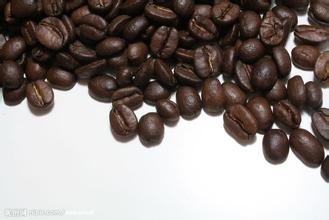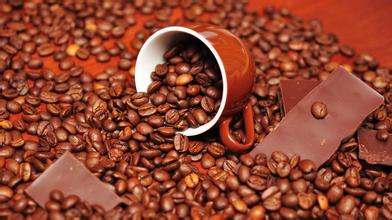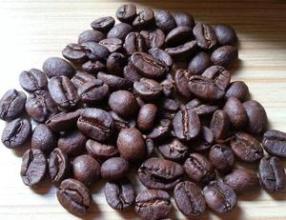Arabica coffee tree hand-brewed coffee filter cup coffee beans
It is almost inevitable that the sharp increase in production leads to a decline in quality. Before 1991, the quality of coffee was good, and most of it belonged to open Y and so on. After 1991, the quality gradually declined, and with it the European market was lost. The extra price of coffee such as Y also gradually fell. This is in line with the country's "one grade, one price" policy, such as Arabica coffee trees growing between 900m and 2000 m above sea level; more hardy, suitable growth temperature is 15Mel 24 ℃; higher humidity, annual rainfall of not less than 1500 ml, at the same time, higher requirements for cultivation techniques and conditions.
Arabica coffee beans are mainly grown in South America (except Argentina and parts of Brazil), Central American countries, Africa (Kenya, Ethiopia, mainly East Africa), Asia (including parts of Yemen, India and Papua New Guinea), and a small amount of Arabica coffee beans are also grown in Yunnan, Hainan and Taiwan in China. [1] A large shrub of the genus Arabica, having oval, dark green leaves and oval fruit, usually with two slightly flat beans, small and round on the front, narrow and curved in the middle, and S-shaped on the back of the beans.
Arabica Coffee Tree Arabica coffee accounts for about 65% of the world's coffee beans. Arabica coffee accounts for about 65% of the world's coffee beans. Its excellent flavor and aroma make it the only coffee among these native species that can be drunk directly and alone. However, its resistance to drying, frost, diseases and insect pests is low, especially to the biggest natural enemy of coffee-leaf rust, so all producing countries are committed to improving varieties. For example, the well-known Sri
Arabica coffee tree
The arc is flatter. Caffeine content is about 1% Muay 1.7%.

Important Notice :
前街咖啡 FrontStreet Coffee has moved to new addredd:
FrontStreet Coffee Address: 315,Donghua East Road,GuangZhou
Tel:020 38364473
- Prev

Which kind of coffee tastes better Guatemala Antigua coffee boutique coffee beans Guatemalan coffee beans
But if you add in the hybrids of Arabica and robusta, such as the variety Columbia (Variedad Colombia), which is the main variety of Colombian coffee, with 1/4 robusta pedigree, the classification of secondary coffee beans that are resistant to leaf rust and have high yields and mutations will be more complicated. Some Arabica coffee beans are quite close to the native species, and there are also
- Next

The famous top ten coffee brands, coffee beans, how to make coffee.
Real pot coffee (1970 Japan, well-known brand in Asia) Starbucks (American brand, well-known trademark in China, more than 9000 chain stores worldwide) LAVAZZA (1895 Italy, the world's largest coffee company) ILLY Eli Coffee (1933 Italy, high-quality leader in the coffee industry) Nestle Coffee (1866 Switzerland, a long-established coffee brand, national exemption from inspection
Related
- Does Rose Summer choose Blue, Green or Red? Detailed explanation of Rose Summer Coffee plots and Classification in Panamanian Jade Manor
- What is the difference between the origin, producing area, processing plant, cooperative and manor of coffee beans?
- How fine does the espresso powder fit? how to grind the espresso?
- Sca coffee roasting degree color card coffee roasting degree 8 roasting color values what do you mean?
- The practice of lattes: how to make lattes at home
- Introduction to Indonesian Fine Coffee beans-- Java Coffee producing area of Indonesian Arabica Coffee
- How much will the flavor of light and medium roasted rose summer be expressed? What baking level is rose summer suitable for?
- Introduction to the characteristics of washing, sun-drying or wet-planing coffee commonly used in Mantenin, Indonesia
- Price characteristics of Arabica Coffee Bean Starbucks introduction to Manning Coffee Bean Taste producing area Variety Manor
- What is the authentic Yega flavor? What are the flavor characteristics of the really excellent Yejasuffi coffee beans?

